How Will Ecommerce Sites be Affected by the Loss of Interstitial Ads?

First Mobilegeddon, now Pop-up-geddon.
OK, maybe Google’s recent declaration that intrusive mobile pop-ups will factor in negatively for ranking signals isn’t quite as big of a deal as Mobilegeddon was.
However, many ecommerce sites that depend on those conversions will have to adjust by January 10, 2017 or take a hit to their SERP rank. How can online retailers adjust their marketing plan for the disappearance of a somewhat-annoying-but-useful marketing tactic?
Here’s our take on the intrusive-pop-up-less future.
Interstitials ads are typically full-screen ads that pop up while your customer is browsing on your site. These include:
Here’s what they look like (Google examples on the left, real-life example on the right):
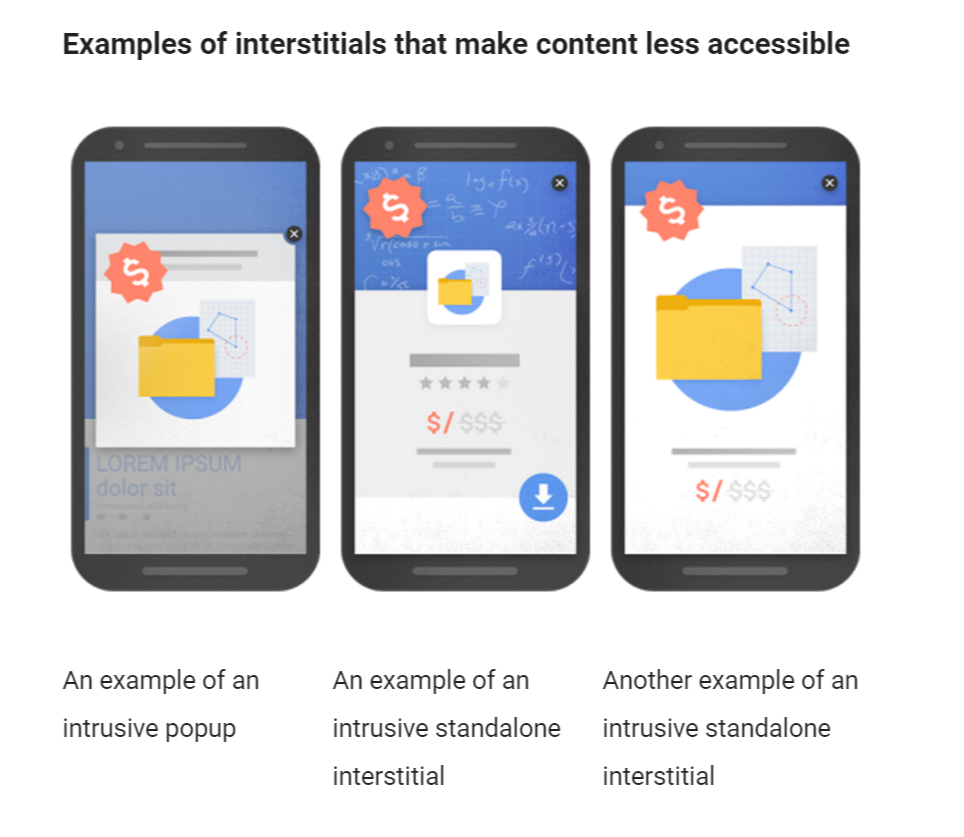
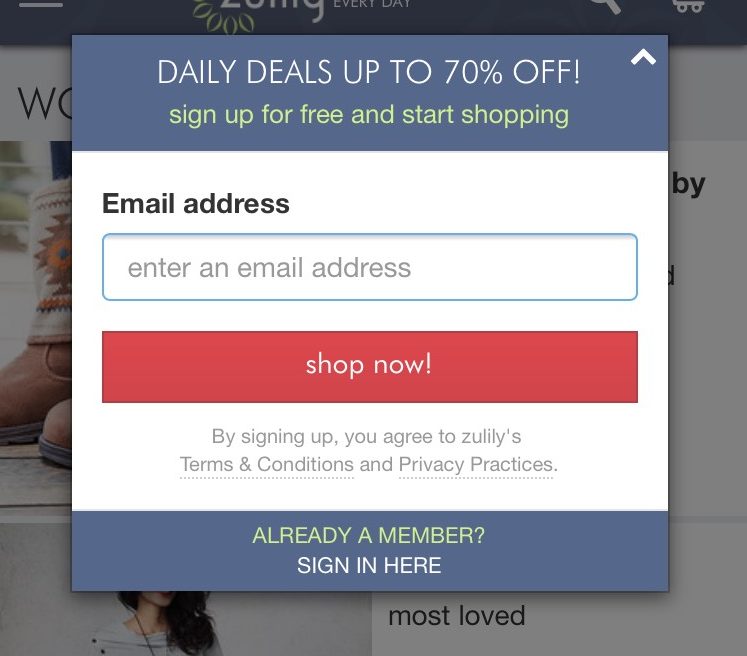
What about the mandatory pop-ups requesting things like age verification? We’re glad you asked. These types of ads may not be penalized, when used correctly:
See Google’s examples below, and a real-life example below that.
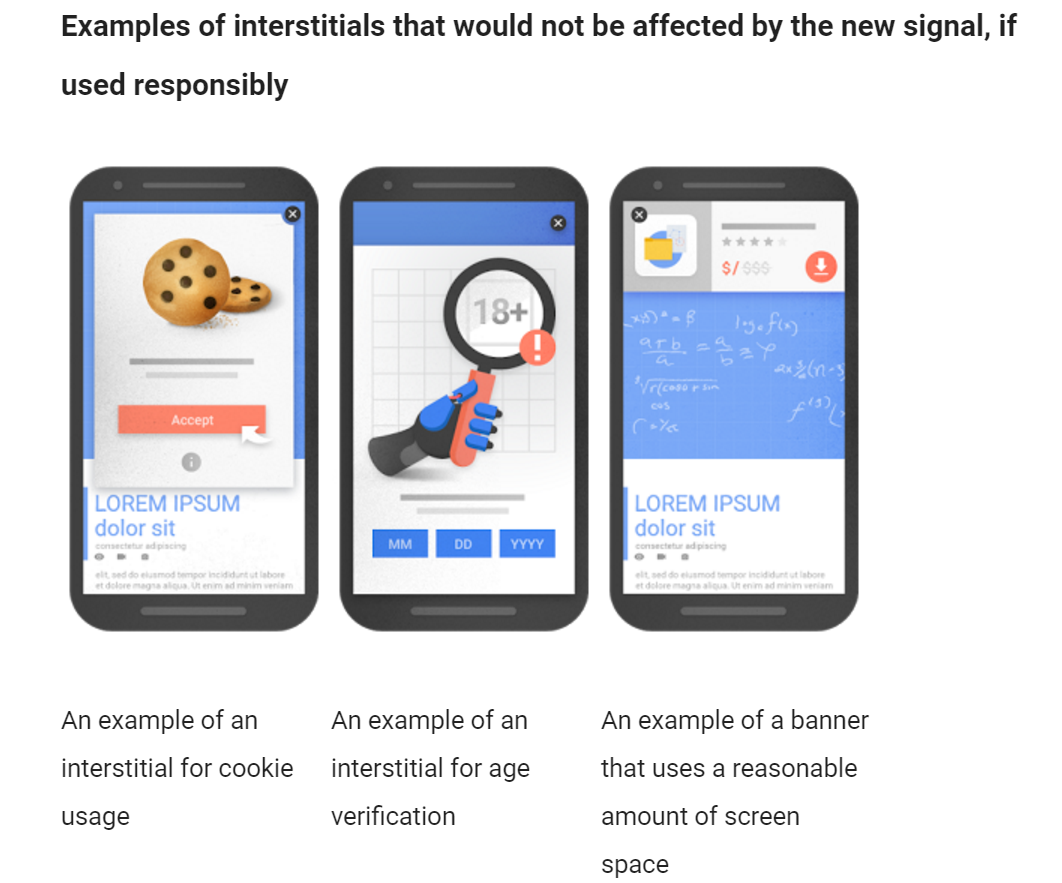
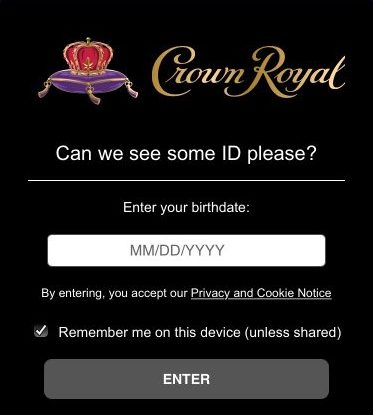
Not sure if your interstitials are anti-Google’s new policy? Thoroughly go through your site or speak with your developer. Because—as Aerosmith would say—you don’t wanna miss a thing. Especially when it comes to Google.
Full-screen targeted pop-ups have been effective for a lot of ecommerce sites. It was a way to get more information about customers, entice them with special promotions, and invite them to download an app for a better browsing experience. In a way, interstitial ads felt like the future of lead gathering for many advertisers. Including us.
Hiram Cruz , Graphic Designer at CPC Strategy, shares his view on the shift:
, Graphic Designer at CPC Strategy, shares his view on the shift:
We actually doubled conversion rates because of those pop-ups being more optimized and targeted. Now we need to restrategize and regroup to see how we can continue to get conversions on mobile. Calls to actions and banner ads on mobile will be drastically limited.
We all know Google doesn’t want to sacrifice the customer’s mobile search experience to save your site’s conversion rate. We saw the shift earlier this year to AMP—Accelerated Mobile Pages—and it’s an indication that Google’s taking the mobile user way more seriously.
Google’s still a business, after all. They don’t want to lose traffic because they’re no longer relevant. And if you want to succeed, your best bet is to follow Google’s lead.
So what’s the next step for online retailers with ecommerce sites?
Before you panic, here are 3 tips on how to proceed with these changes while (hopefully) avoiding a massive dip in conversions.
Well to start, you don’t have to completely eliminate your interstitials.
“You can’t have pop ups that take up the majority of the screen, but you could probably have a pop-up or banner that takes up less than 25% of the screen,” Cruz points out.
Now is the time to…
Now that you have the opportunity to create a better customer experience on your site, it’s time to get creative, and start testing. Now is the time to play with:
The first one is a particularly ripe area for retailers.
“Create more targeted offers,” says Cruz. “You’ll have less room to play with but you’ll have to get more creative with it—offers need to be more powerful and much more relevant.”
Oh, and don’t forget about embedded subscription boxes within your content–a Venngage test showed that email subscribers who came from an embed form were actually more engaged than those who came from a pop up anyway.
If you’re planning on putting this off for a while, we don’t recommend it.
“A few years ago when “Mobilegeddon” happened, everyone was scrambling to update their site,” says Cruz. “This is a mobile change on a lesser scale, and the severity of the consequences is yet to be known. But if Google’s giving a specific deadline, I think they’re doing it because they have a specific intention to penalize those sites that don’t create a good experience.”
Google has specifically outlined some ways to deal with the disappearance of app download interstitials. Check them out below:
Use a simple banner to promote your app inline with the page’s content. This banner can be implemented using:
- A browser-supported banner such as Smart App Banners for Safari or Native App Banners for Chrome.
- An HTML banner or image, similar to a typical small advertisement, that links to the correct app store for download.
If you have an Android app, consider implementing app indexing: when indexed content from your app is relevant for a specific query, we will show an install button in the search results, so users can download it and go straight to the specific page in your app.
There are a couple options for dealing with existing successful interstitial ads:
There are other options, but unfortunately, there’s no clear path that will work for every ecommerce site.
I wish I had some tricks up my sleeve, but I think everyone at this point is scratching their heads,” says Cruz. “First, you should see the impact that it has on your company, then start evaluating what your traffic is doing on mobile, and where it’s coming from—then better position your offers targeted to the users. Direct them through the funnel based on where they came from, and where you can take them.”
Depending on your pop-up platform settings, you can set triggered ad pop-ups for certain target audiences. So if someone clicks through your Facebook ad for red dresses and lands on your site, you can create a pop-up just for them that includes an opt-in email box in exchange for a 20% discount or free shipping on red dresses. See an example below:

“If the offer is enticing enough—the design is clear enough to stand out from the rest of the content—it could be enough to get that opt-in,” says Cruz. “A bigger ad space doesn’t necessarily mean more conversions.”
As the lines between mobile and desktop are increasingly blurred, we predict desktop will be the next to nix those pesky interruptive interstitials.
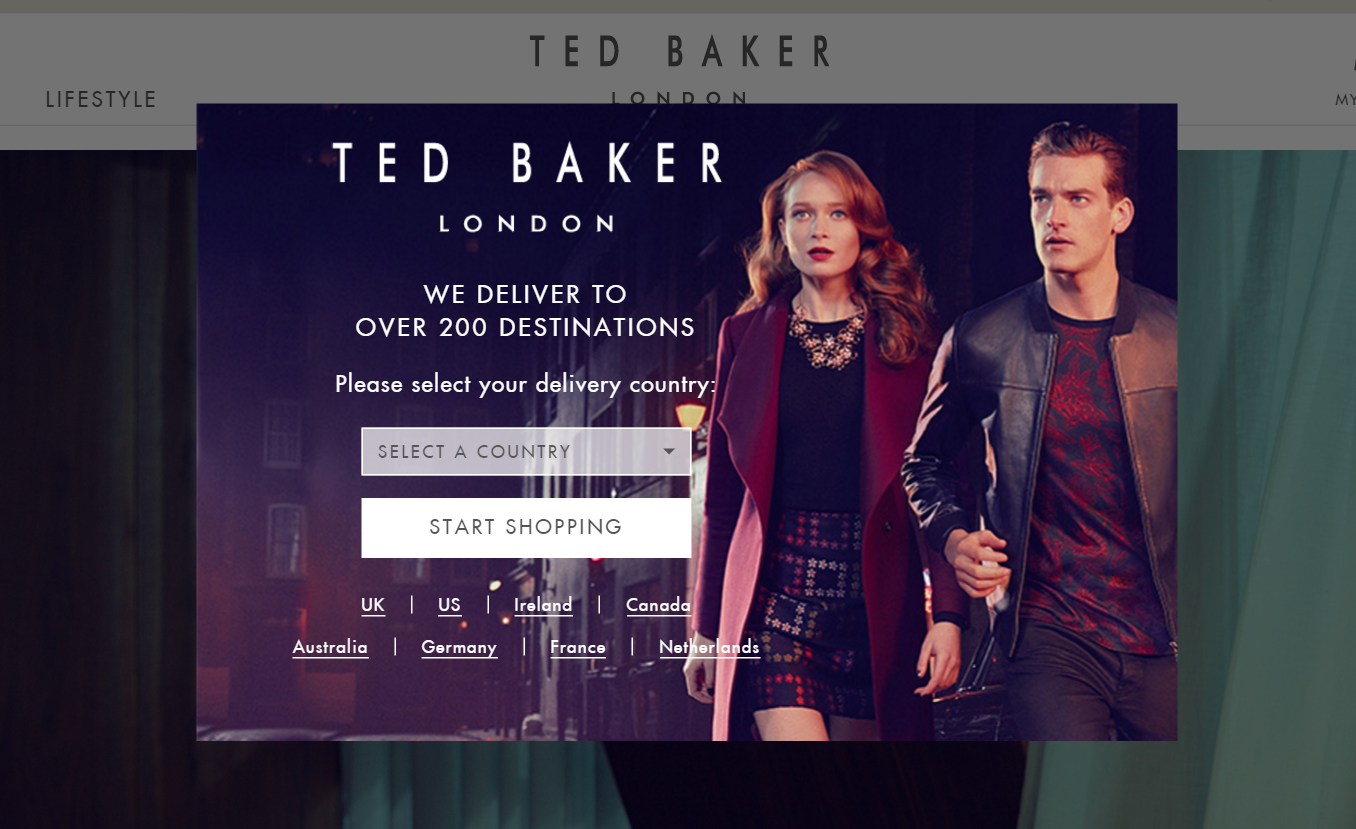
Cruz explains:
I’m anticipating that the next move is probably getting rid of pop-ups in desktop—those that take up 90% of the screen and cover up the content. Google is making it clear that they don’t appreciate these types of conversion tactics, and this is probably the beginning of a bigger push to eliminate them.
The bottom line? Fix mobile interstitials first, then investigate and fix anything on your ecommerce site that creates a poor user experience. Your customers will thank you, and you’ll be ahead of the curve.
